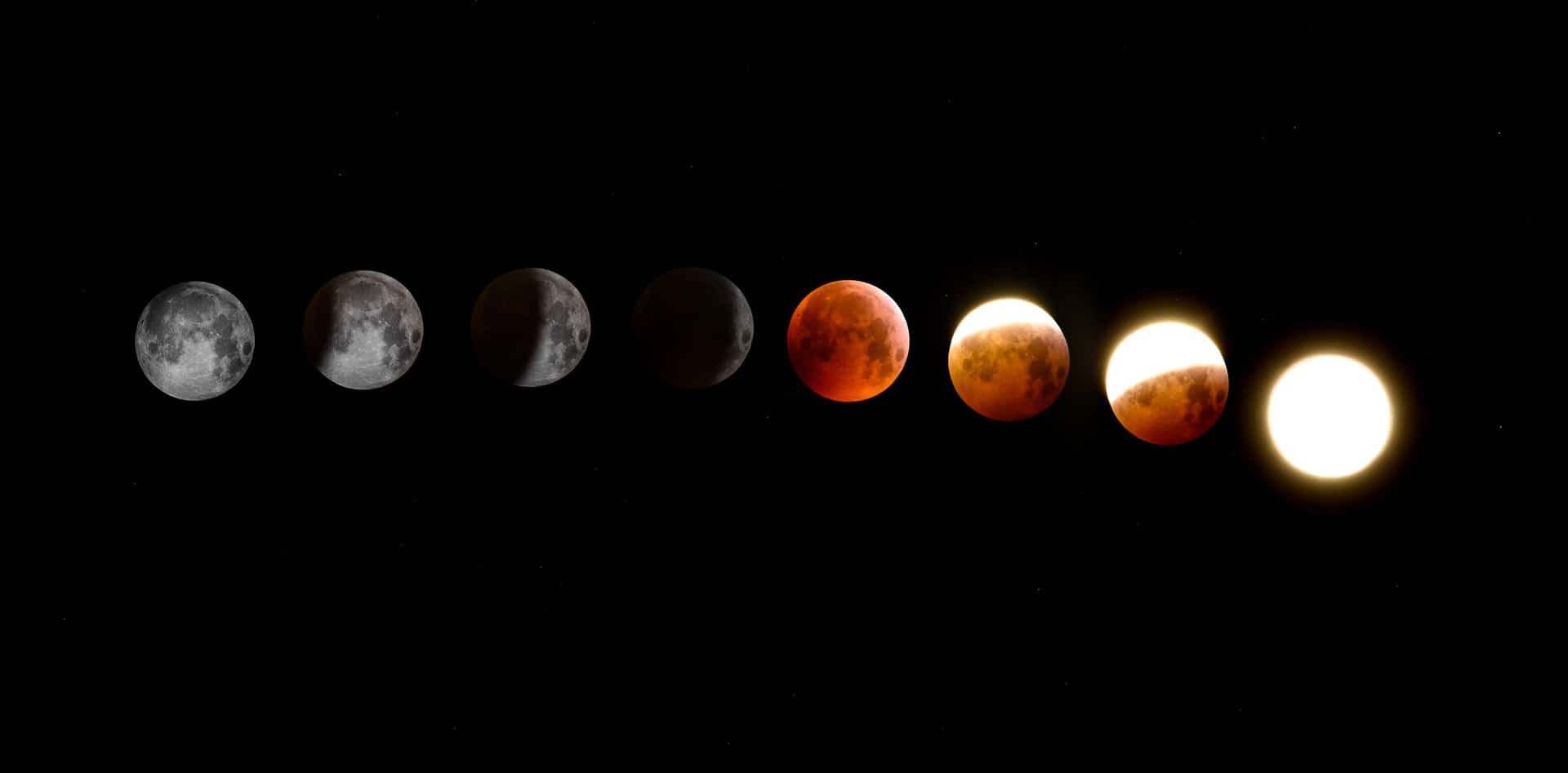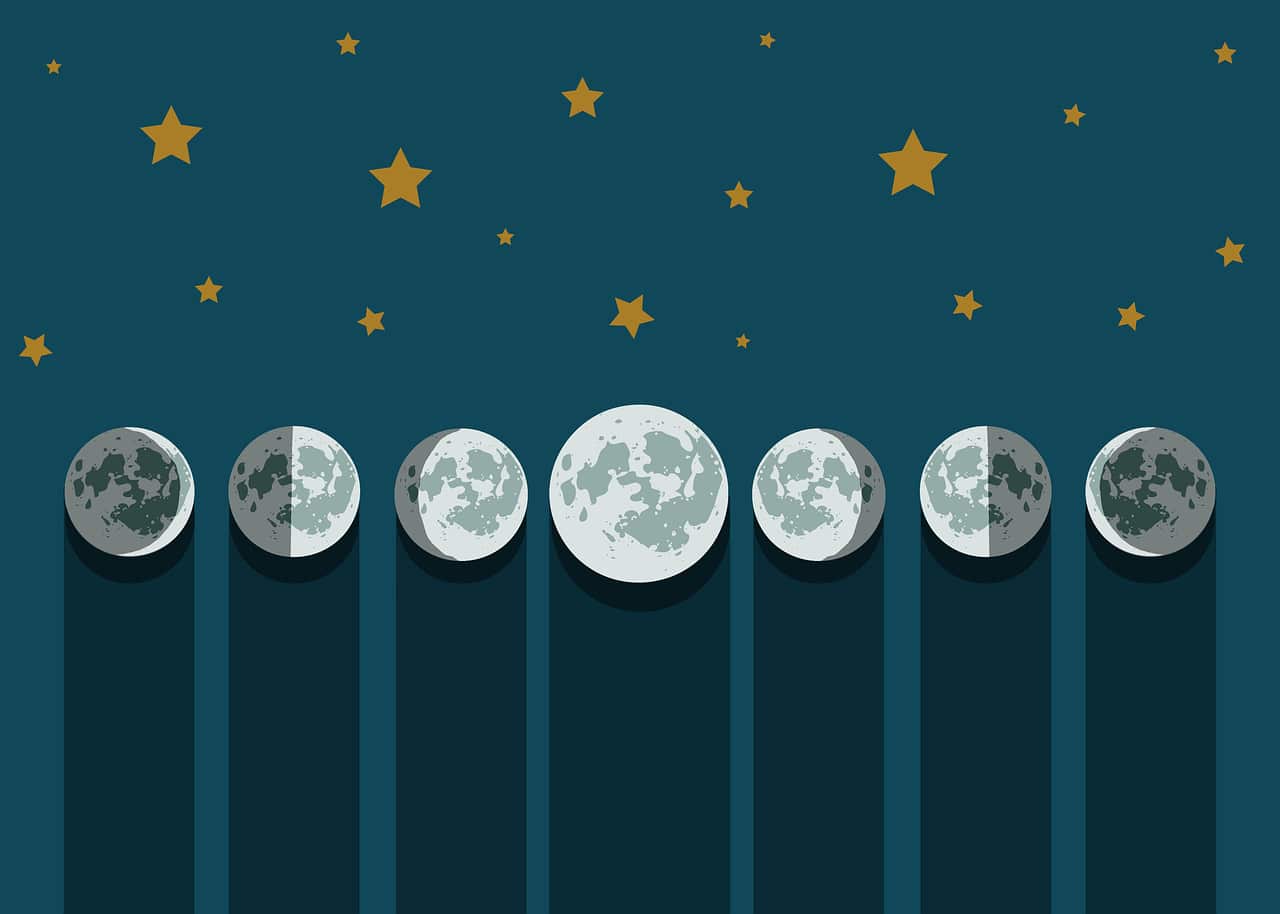
The Moon is a satellite of planet Earth that can be seen when the sky is dark, that is, when night falls. It is considered one of the most striking and interesting natural phenomena, so much so that people have even traveled to it to see and analyze it. If you want to know how to explain the phases of the moon for children, in this publication we guide you to it.
Knowing this process can be interesting not only for the little ones, but also for adults.. It is fascinating to know the changes that occur in the Moon, as the days go by and how each of its phases is different. Stay and discover everything that revolves around this satellite.
What is the Moon?

Before starting to explain to the little ones which and how the different phases of the Moon work, it is important that they understand the structure of the solar system and of all the bodies that compose it.
To facilitate this understanding, you can help yourself in a model of the system alone or in templates where all the bodies appear, so that seeing it is easier to understand. They will not only differentiate the celestial bodies, but also the orbits.
When they have a clear concept that the Moon is a natural satellite, it is time to start explaining its different phases. When they gradually understand different features, you can add more knowledge like, for example, why does it have holes.
Moon phases for kids

When you already have basic knowledge of the structure of the solar system, it is the time to explain what each of the phases of the Moon consist of, why sometimes when we look at the sky it is completely round and other times it is not. You will start by explaining the four main phases to make it easier to identify them.
- First quarter: this first phase is identified when the Moon appears halfway in the sky, that is, one half illuminated and the other not. It is called crescent, because the side that is illuminated, right, is the one that is taken as reference.
- full moon: it is the easiest to differentiate of all the phases. This phase occurs when from Earth we can perfectly see the entire surface of the illuminated Moon.
- Last quarter: in this phase the left part of the illuminated Moon can be seen. As in the case of the growing phase, half light and half dark. In this case the light decreases in the illuminated area.
- New Moon: in this case, the Moon is not seen, this is because the position in which it is located is the opposite of the phase of the full Moon. This type of Moon is identified because when we look at the sky, we have to guess where it is.
These would be the four main phases, but there are also other intermediate stages that you can teach them to the little ones as they absorb new data. These intermediate phases would be: growing concave, growing convex, waning convex and waning concave.
Activities to explain the phase of the moon in children
When the little ones are already clear about the different phases of the Moon, it is the time to propose an activity with which, in addition to demonstrating their knowledge, they will have fun. It is a perfect astronomy educational activity for the little ones, a lunar calendar.
The materials that are going to be needed are paints or markers, cardboard or cardboard, a large black paper, images of the phases of the moon and glue.

https://es.vecteezy.com/
The first is print a template where the different phases appear of the lunar phase to serve as a reference for your little one to later draw them. When you have it printed, put it aside and take the cardboard or cardboard.
With the help of a marker or acrylic paint, paint the entire surface in a blue or black color that imitates the night sky, we advise you to be a blue. When it's finished, let it dry.
Once dry, it is time to draw around the cardboard, as if the hours of the clock were the different phases of the moon. You can help yourself with a white marker, another black and yellow to make stars.
When you have the drawings finished, on a separate cardboard write the names of the phases, cut them out and it is time to play Are you sure you know what name goes with each drawing?
As you have seen, a very simple activity for the little ones as well as fun and educational. You can adapt it to any age or you can even add an arrow or other elements that make it different. Through games children learn much faster feeling comfortable and entertained.